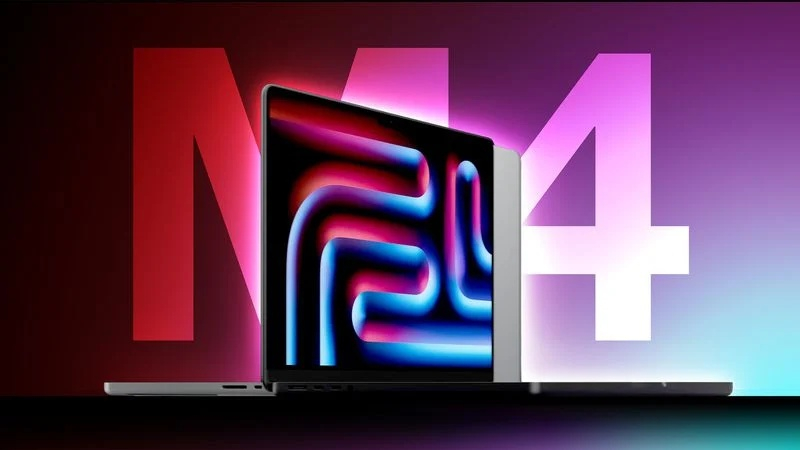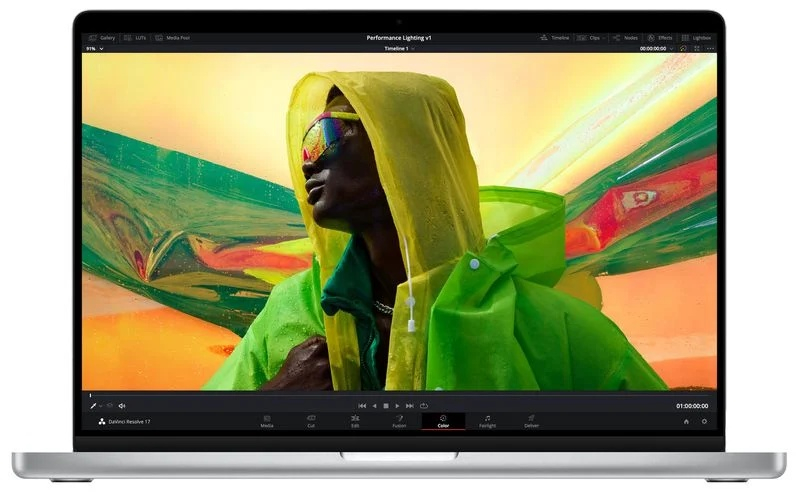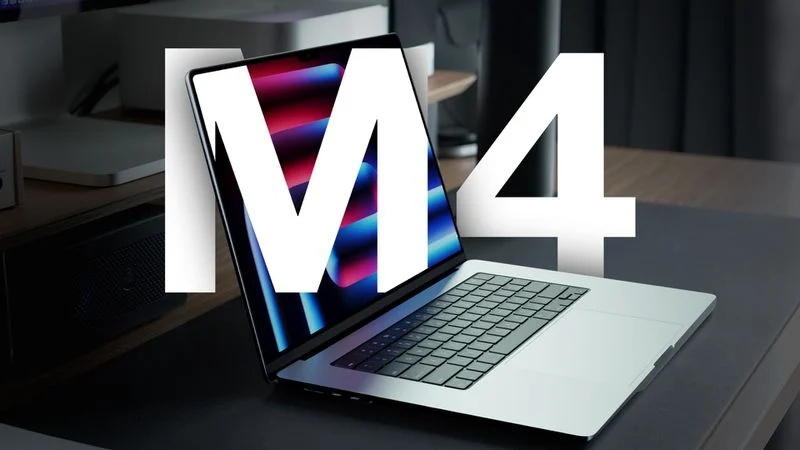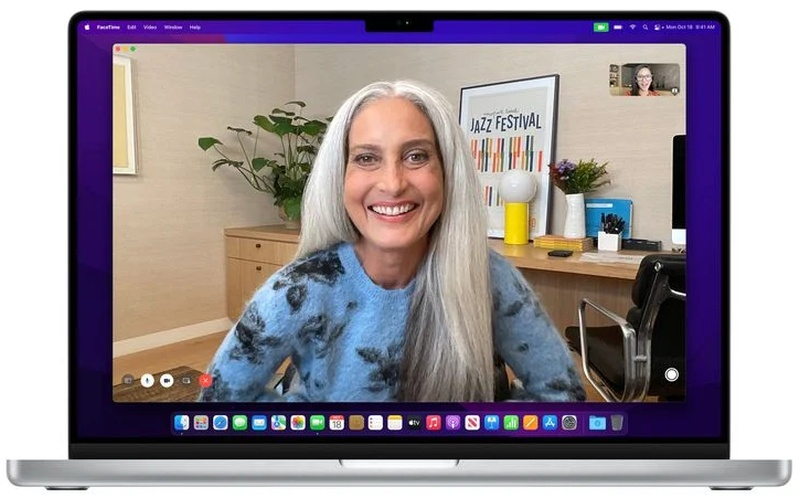Last month, Apple announced new 14- and 16-inch MacBook Pro models powered by the latest generation M4, M4 Pro and M4 Max chips. The new products received Thunderbolt 5 ports, updated displays and cameras, as well as some other improvements. For an additional $150, a nanotexture display is available. Today the first journalist reviews of the new MacBook Pro on M4 series chips were published. We have tried to summarize the opinions of the authors of these reviews.

Image source: https://www.macrumors.com/roundup/macbook-pro/
The appearance of a nanotexture display has received massive approval from Apple fans. According to TechCrunch’s Brian Heater, “Glossy displays on Macs are one of those things we’ve been complaining about for years, and many of us were simply exhausted by Apple’s refusal to offer an alternative.” He definitely advises not to save money and to purchase a display with a nanotexture, especially if you need to work outside in daylight. Heater himself plans to use Apple devices only with such displays from now on.
The Verge’s Antonio G. Di Benedetto fully supports his colleague: “For my edits on a nanotexture display, I know glossy screens have a little deeper contrast, but I like not worrying about glare. I don’t edit exclusively in a dark room with the reference monitor closed, and I like the flexibility of working in areas with less-than-ideal lighting conditions. The convenience of nanotexture far outweighs any minor technical benefits of a glossy display.”
According to Six Colors’ Jason Snell, “Using a nanotexture display is a little weird – the reflections just stop at the edge of the screen, like magic.” In his opinion, the display “works incredibly well,” and the presence of nanotexture is almost undetectable under normal lighting conditions. However, Snell noted “some non-critical contrast reduction.”

Di Benedetto praised the M4 chip’s performance gains, noting that it still lags “in grueling workloads” behind its big brothers the M4 Pro and M4 Max. In Cinebench’s standard multi-core test, the M4 performed about 64 percent better than the M3 and was able to maintain a 41 percent difference over the M3 during a long 30-minute run on the same benchmark, Di Benedetto said. Single-core performance in Cinebench and Geekbench was also more than 20 percent better.
ZDNet’s Kerry Wan takes it for granted that the M4 MacBook Pro outperforms its predecessors, as well as some of the latest Windows machines running Qualcomm Snapdragon X Elite and Intel Core Ultra chipsets. “It’s pretty impressive to see the $1,599 M4 MacBook Pro beating out the M1 Pro chip-powered 16-inch MacBook Pro, which I paid almost $3,000 for,” he added.
TechRadar’s Lance Ulanoff confirmed that the benchmark results match the M4 performance he saw on the 13-inch iPad Pro, and the Geekbench 6.3 scores are noticeably better than the M3 on the MacBook Air. He believes that expanding RAM to 16GB or more also contributes to overall performance improvements, especially in the areas of AI and graphics-intensive operations such as ray tracing.
Ulanoff noted the decent performance of the new chip in modern games – in Shadow of the Tomb Raider, the frame rate was confidently kept between 42 and 62 frames per second without tearing or dropped frames. The author also noted that the M4 Max is now the fastest Apple chip in the Geekbench 6 database.

Review authors specifically noted the significantly improved webcam. According to Di Benedetto, “Apple has a history of delivering disappointing webcams, even on its $1,599 Studio Display, which costs the same as the M4 MacBook Pro and the just-released iPad Mini.” That’s why he tested the 12-megapixel camera in the new MacBook Pro with special care. In his opinion, it has high contrast, handles backlight well, and Center Stage’s software “keeps you in the frame quite well without being overly aggressive in reframing.”
Di Benedetto criticized the Desk View feature, which uses cropping and software fixes to show an overhead view of the user’s desk. In his opinion, the image is “distorted and low-resolution, and there are many better ways to show and tell during a video call – including using your iPhone and Apple’s own Continuity Camera feature.”
According to Engadget’s Devindra Hardawar, the MacBook Pro’s webcam upgrade to 12 megapixels “is a big improvement over the previous camera.” She noted that the presence of a high-resolution camera “ensures full functionality of the Center Stage feature, which keeps the user in focus even while moving around the room.”
«I hated Apple’s previous webcams – I remember how mediocre their old webcams were. The new models provide much sharper images with more accurate colors. They also support Desk View (above), a useful Apple feature for showing things below your screen,” Hardawar added.

In conclusion, here’s a video with unboxing and first impressions of the new MacBook Pro: